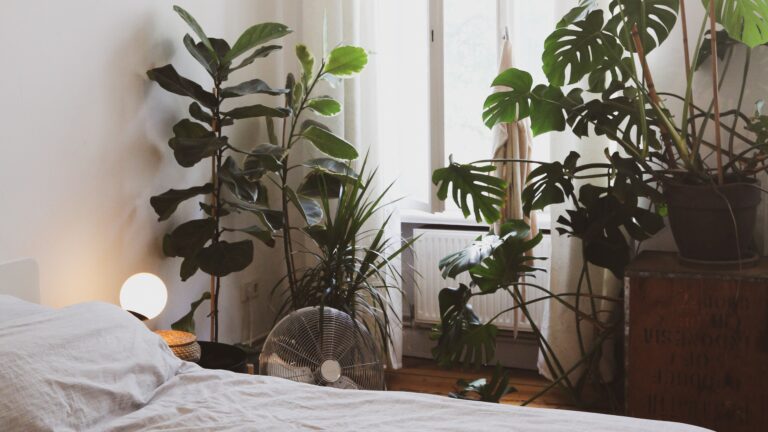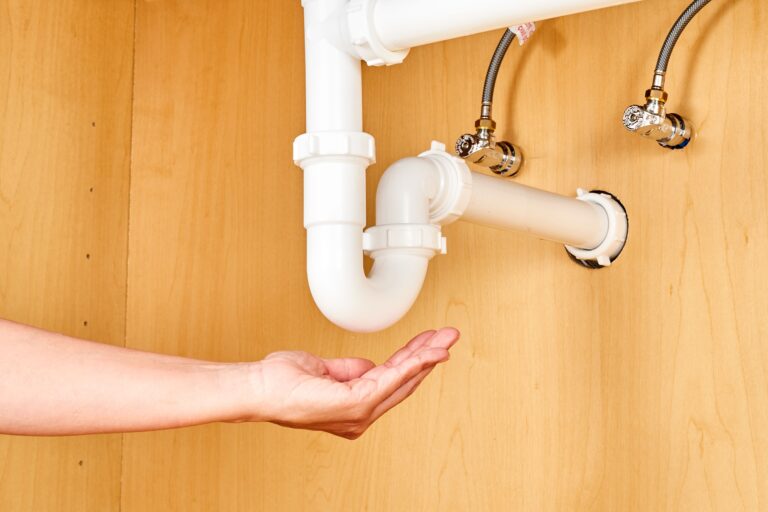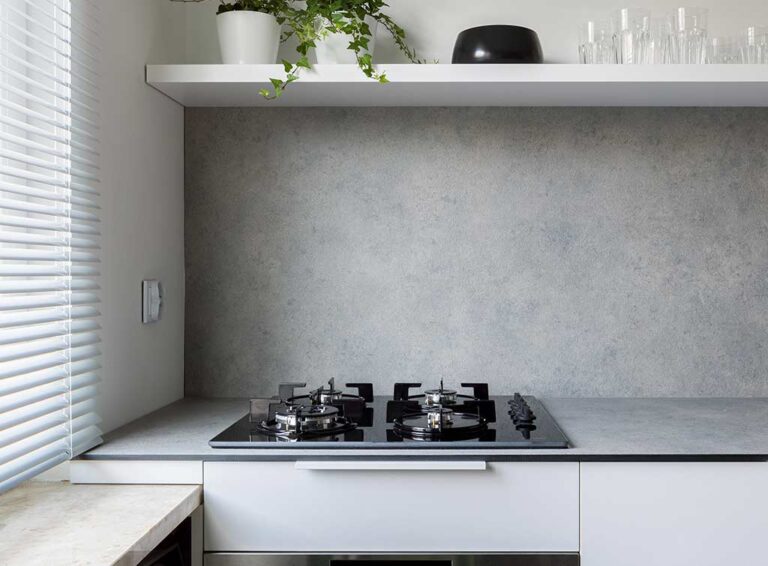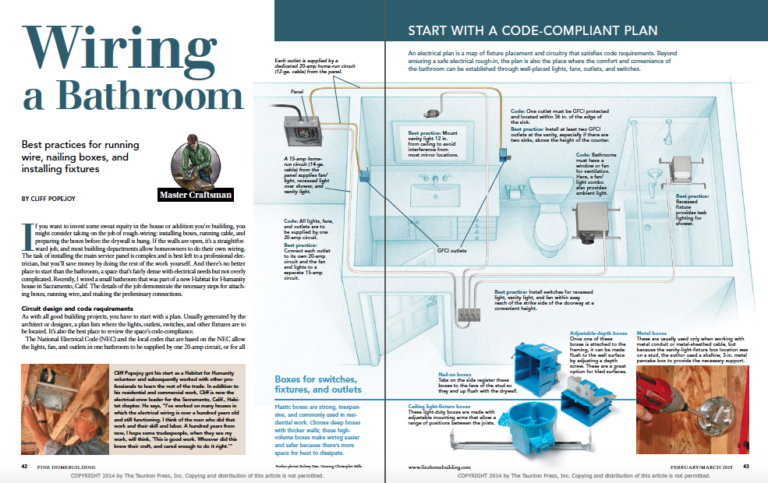Where Is The Best Place To Put A Kitchen Garden?
A kitchen garden is a great way to add fresh, organic produce to your diet. But, where is the best place to put one? The answer depends on the type of garden you’re looking to create and the climate of your area. Generally speaking, the best place for a kitchen garden is somewhere that gets plenty of sunlight, is easily accessible, and has good soil quality. If possible, it’s also best to place it near a water source for easy access. Depending on the climate and space available, you may even consider a raised bed or containers for your garden. With the right location and guidelines, you can create a thriving kitchen garden that will provide you with fresh vegetables, herbs, and fruits for many years to come.
Benefits of Having a Kitchen Garden
Having a kitchen garden can bring a plethora of benefits to your home and lifestyle. From providing fresh produce to adding aesthetic appeal to your backyard, kitchen gardens offer a wide variety of advantages. Not only do they provide homegrown, delicious produce, but they can also help to reduce your environmental footprint and provide a sense of satisfaction and accomplishment.
A kitchen garden is a great way to get your daily servings of vegetables. Depending on the size and layout of your garden, you can grow a variety of fruits, vegetables, herbs, and spices. This means that you can have access to fresh produce all year round, without having to worry about buying it from the store. With a kitchen garden, you can tailor your harvest to your exact tastes.
Having a kitchen garden can also help to reduce your environmental footprint. By growing your own produce, you’re reducing the amount of transport, packaging, and processing needed to get your food. You can also use sustainable gardening practices, such as composting and mulching, to cut down on waste.
Having your own garden can also provide a sense of satisfaction and accomplishment. Growing your own food is not only rewarding but also very calming. You can take pride in the fruits of your labor and enjoy the benefits of your hard work. Plus, you can share your produce with your family and friends, making it an even more enjoyable experience.
If you’re looking for a way to get fresh, delicious produce without having to go to the store, a kitchen garden is the perfect solution. Not only will you get the satisfaction of growing your own food, but you’ll also be able to reduce your environmental impact and enjoy the calming effects of gardening.
Deciding on the Ideal Location
for a Kitchen Garden
When a gardener is deciding where to put a kitchen garden, there are a few important factors to consider. Sunlight is essential for plant growth, and a kitchen garden should have direct access to at least 6-8 hours of direct sunlight each day. Since kitchen gardens are usually planted in small areas, it is important to choose an area that will not be shaded by trees or buildings. Additionally, the soil should be well-drained and nutrient-rich, so it is important to test the soil prior to planting.
The kitchen garden should also be in an easily accessible location. Ideally, the garden should be close to the kitchen to facilitate easy harvesting of the plants. If the garden is not close to the kitchen, it should be close to a path or walkway so that it can be easily accessed.
Finally, the kitchen garden should be in a secure, safe location. This is especially important if the garden contains fruits and vegetables that could be attractive to animals. Additionally, it is important to consider the space of the kitchen garden and to ensure that plants do not encroach on any other areas of the garden or home.
By considering these factors, gardeners can choose the best location for a kitchen garden. With the right location, a kitchen garden can provide a steady supply of fresh fruits and vegetables, as well as a beautiful addition to any garden.
Factors to Consider When Choosing a Spot
for a Kitchen Garden
Choosing the ideal spot to put a kitchen garden is not always an easy task. After all, it’s important to create an environment that is conducive to growing healthy plants and vegetables. The ideal location for a kitchen garden should provide adequate sunlight, good soil, and the right amount of water. It should also be conveniently located so that it can be easily accessed. Here are some factors to consider when selecting the best spot for a kitchen garden.
Sunlight is essential for any plants to thrive, so it’s important to choose a spot that gets at least 6 hours of direct sunlight each day. If the chosen location is in part shade, it’s also important to consider which specific plants will do best in this environment.
The soil is another key factor to consider. The ideal soil should be nutrient-rich and well-drained. Consider having a soil test done to determine the quality of the soil and make sure it is suitable for gardening.
Water is a major factor in the success of a garden. It’s essential to choose an area that has easy access to a water source such as a hose, sprinkler system, or rain barrel. Additionally, consider planting drought-tolerant plants to save on water.
Finally, consider the convenience of the location. It should be easily accessible and close to the house so that you can easily tend to your garden.
Choosing the right spot for a kitchen garden can be a complicated task. By considering all of the factors outlined above, you can be sure to select the ideal location for a successful and thriving garden.
Preparing the Soil
Preparing the soil is an essential step in creating a successful kitchen garden. To ensure that you have the best soil for your garden, you should consider some key factors. Loamy soil with a mix of clay, silt, and sand is ideal for the majority of crops. It should have good drainage and be well aerated. Compost is a great way to provide additional nutrients to the soil, and it can also help reduce compaction and improve the soil’s structure. If you plan on growing root crops like carrots, potatoes, or onions, you should also add some sand to the soil to ensure good drainage. Additionally, it’s important to test the pH of your soil and adjust it accordingly. If you’re unsure of the pH of your soil, you can purchase a pH testing kit from your local garden center. With the right soil preparation, you can enjoy an abundant kitchen garden harvest.
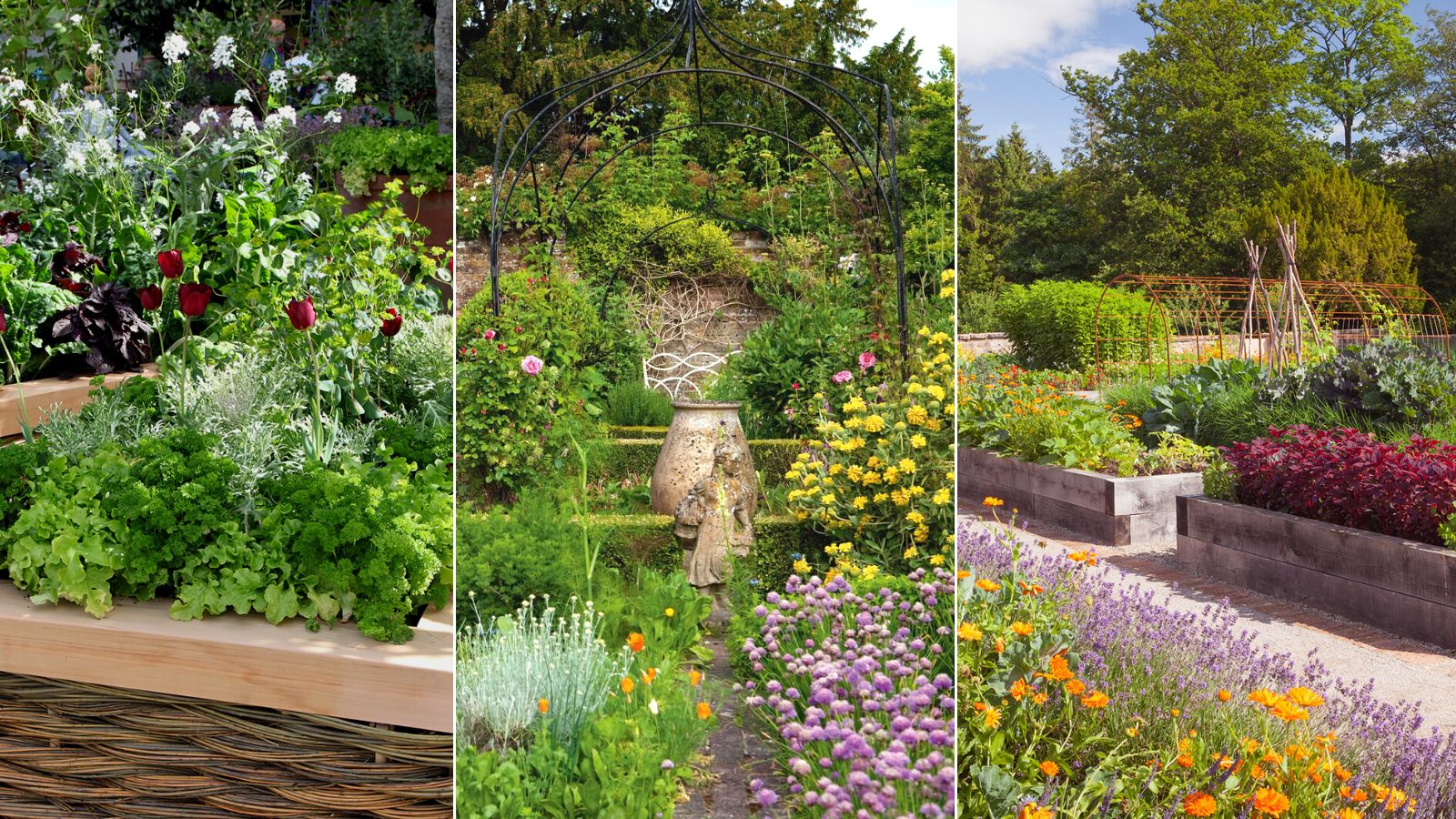
Selecting the Right Plants
Making the right selection of plants for your kitchen garden is essential for the success of your venture. When deciding which plants to include in your garden, it’s important to consider the conditions in which they will grow. The amount of sun, shade and water they receive are all important factors to consider. Additionally, you should take into account the types of plants that will work in the space you have available. Herbs such as basil, oregano and thyme are ideal for small spaces, while leafy greens like lettuce, spinach, and kale require more space. Many vegetables such as peppers, tomatoes, and squash also require plenty of room to grow. Additionally, you will need to consider the climate, soil type, and drainage in your garden. If the area is too wet or too dry it may not be suitable for certain plants. To ensure your garden is successful, you should research the best plants for your particular conditions before you begin planting.
Utilizing the Space Efficiently
Creating a kitchen garden in your yard can be a great way to make sure you’re getting the freshest produce. But in order to create a successful kitchen garden, you need to make sure you’re utilizing the space you have available efficiently. If you don’t have a lot of room, it’s important to make sure the area you choose will be able to accommodate the type of plants you want to grow.
The best way to maximize the space in your garden is to choose plants that have similar growing requirements and can be planted close together. For instance, many vegetables such as tomatoes, peppers, and squash will require a lot of sunlight and can be planted in the same area. You can also take advantage of vertical gardening techniques, like trellises, to maximize the space you have available.
When it comes to the location of your garden, the best place to put it is in an area with plenty of sunlight and easy access to water. If you don’t have access to a hose or irrigation system, you can consider installing a rain barrel or other water-capturing system to ensure your plants get the water they need. Additionally, you’ll want to make sure the soil in the area you choose is suitable for the plants you’re growing.
Creating a kitchen garden can be a great way to make sure you’re eating the freshest produce possible. However, it’s important to make sure you’re using the space you have available efficiently. The best way to do this is to choose plants that have similar growing requirements and can be planted close together. Additionally, you’ll want to make sure the area you choose has plenty of sunlight and easy access to water. With proper planning and the right location, you can create a successful kitchen garden.
Tips for Maintaining a Healthy Kitchen Garden
Creating and maintaining a kitchen garden is a great way to add a healthy and nutritious element to your diet. But where is the best place to put it? There are many factors to consider when choosing a location for your kitchen garden. Here are some tips to help you make the most of your kitchen garden.
Firstly, kitchen gardens need access to sunlight. Aim for six hours or more of sunlight per day, but be aware that too much sunlight can be damaging to some plants. It is also important to consider the soil. Look for soil that is well-draining, rich in nutrients, and free from contaminants. Additionally, choose a location that is close to your kitchen and easy to access.
Once you have chosen the perfect spot, you will need to prepare it for planting. Clear away debris and rocks, and make sure the soil is free from weeds. Then, add some organic matter such as compost or manure to improve the soil fertility. After this, you can begin planting and maintaining your kitchen garden.
When it comes to maintenance, it is important to water the garden regularly and keep an eye out for pests. Additionally, mulch can help retain moisture and keep weeds at bay. It is also important to fertilize the soil occasionally to promote healthy plant growth. Finally, harvesting produce at the right time is key to getting the most out of your kitchen garden.
Whether you are a novice or an experienced gardener, with the right location, soil, and maintenance, you can enjoy a vibrant and abundant kitchen garden.
Troubleshooting Common Problems
With Kitchen Gardens
Kitchen gardens are becoming increasingly popular as a way to grow fresh, organic produce close to home. But when it comes to starting and maintaining a kitchen garden, there can be a few bumps in the road. From choosing the right soil to dealing with pests, there are a number of common problems that gardeners can encounter. This article will look at some of the most common problems with kitchen gardens and offer advice on how to troubleshoot and solve them.
When it comes to soil, it’s important to choose a nutrient-rich soil that will foster healthy plant growth. Poor soil can lead to stunted plant growth, disease and pests. To ensure the best soil for your kitchen garden, test the pH level and add organic matter like compost or manure to improve the soil’s fertility and drainage.
Pests can be another major issue in kitchen gardens. To keep pests away, it’s important to use natural solutions like companion planting, trap crops, and beneficial insects. You can also spray your plants with a mixture of neem oil and water, or use an insecticidal soap.
Other common kitchen garden problems include disease, inadequate sunlight, and overwatering. To prevent disease, avoid introducing diseased plants into your garden. Also, make sure to rotate your crops so that you don’t grow the same plant in the same spot each year. To ensure your plants get enough sunlight, choose varieties that are suitable for your climate and use companion planting to create the right micro-climate. To prevent overwatering, choose drought-resistant plants and water deeply but less often.
By understanding the common problems associated with kitchen gardens, you can better prepare and take the necessary steps to troubleshoot those issues. With the right soil, pest control, disease prevention, and water management, you can create a productive and healthy kitchen garden.
FAQs About the Where Is The Best Place To Put A Kitchen Garden?
1. What type of soil should I use for my kitchen garden?
A: The best type of soil for a kitchen garden is a soil rich in organic matter and well-draining. You can improve the soil quality by adding compost, manure, or other organic material.
2. How much sunlight does my kitchen garden need to thrive?
A: Most vegetables need at least 6-8 hours of direct sunlight to thrive, so make sure your kitchen garden is in a sunny spot.
3. What are the best vegetables to grow in a kitchen garden?
A: Some of the best vegetables to grow in a kitchen garden are tomatoes, peppers, cucumbers, squash, carrots, and leafy greens. Herbs such as parsley, basil, and oregano are also popular choices.
Conclusion
The best place to put a kitchen garden is in a sunny location with plenty of access to water. It should be close to your kitchen so you can easily pick and prepare the produce. It should also be protected from strong winds and away from any wild animals or pests. With a bit of planning and care, you can create a wonderful kitchen garden that will provide you with fresh and healthy produce all year round.
